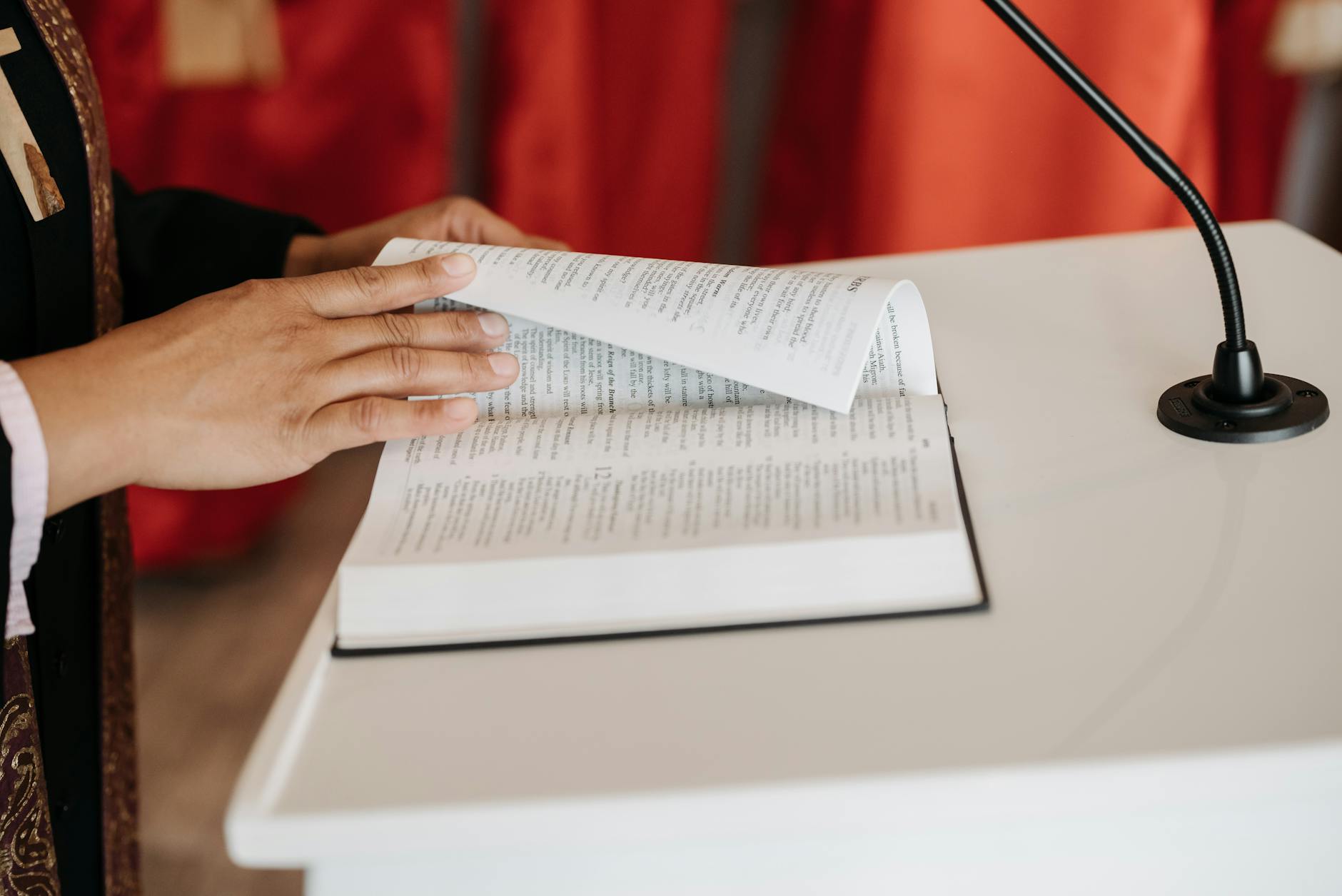It used to be that WordPress had a separate build for multiple sites called WordPress Multiuser (WPMU0 That is being to handle multiple websites in a single WordPress installation. That’s why most of my personal sites are just separate WordPress installations.
However way back in V3, they got rid of that and now every WordPress installation is multisite ready. You just have to add the following to wp-config.php
define(‘WP_ALLOW_MULTISITE’, true);
The two big advantages to doing this are:
- All your security and other updates happen in one place, you don’t have to remember to update a dozen sites.
-
This makes the most sense when you have providers that are charging by the server. So that you have a lower cost. You are basically using a shared service.
The big disadvantages are the converse:
- You are vulnerable to a hack across all your sites if you don’t update, but there is less to do.
-
There is just one WordPress database, so if there are any problems, everything goes down.
-
You have to worry maybe a little more about scale issues as more sites are running on a single instance. Not a big deal, but it does mean you could hit scale limits earlier.
In general, I’d recommend:
-
If the site is mission critical and is a business thingy, then use a single site WordPress with it’s own backup and redundancy.
-
If these are test sites, low traffic, etc, then it makes more sense to use multisite. For vanity domains like this that get 1,000 hits a day, it makes sense just to aggregate them.





